Papers
Peer-Reviewed Research Papers
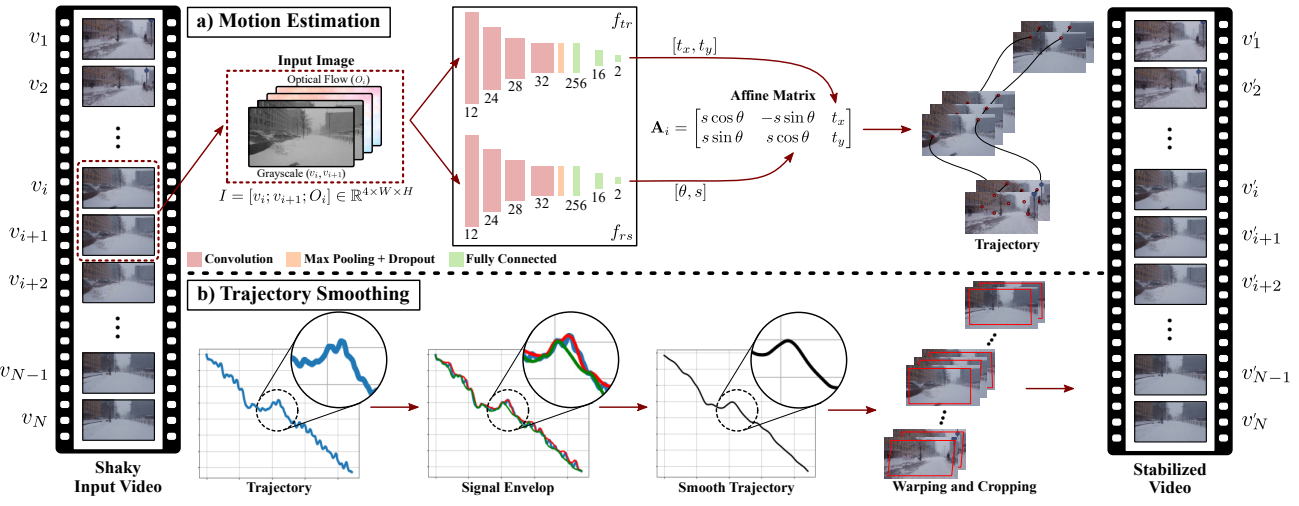
Leveraging Synthetic Data to Learn Video Stabilization Under Adverse Conditions
[WACV, 2024]
We developed a video stabilization method that works reliably in rain, fog, and other challenging conditions, without needing real video data for training. By generating synthetic videos with automatic ground truth, our approach outperforms existing methods and generalizes well to real-world footage.
Learn More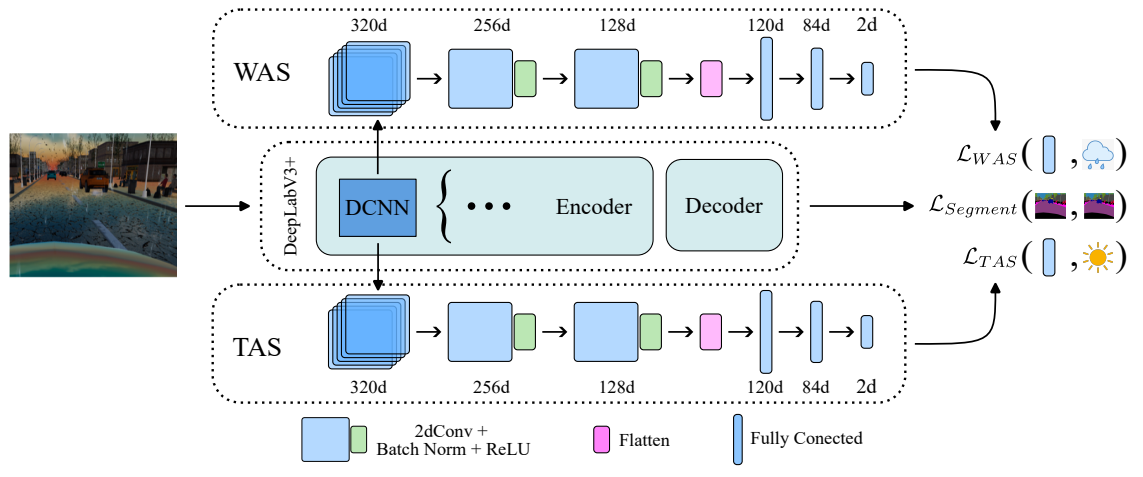
Semantic Segmentation under Adverse Conditions: A Weather and Nighttime-aware Synthetic Data-based Approach
[BMVC, 2022]
We developed a semantic segmentation model that performs reliably in rain, fog, and nighttime scenes by learning from synthetic data. Through a simple multi-task extension of DeepLabV3+, our method achieves major accuracy improvements under adverse conditions without sacrificing normal-weather performance.
Learn More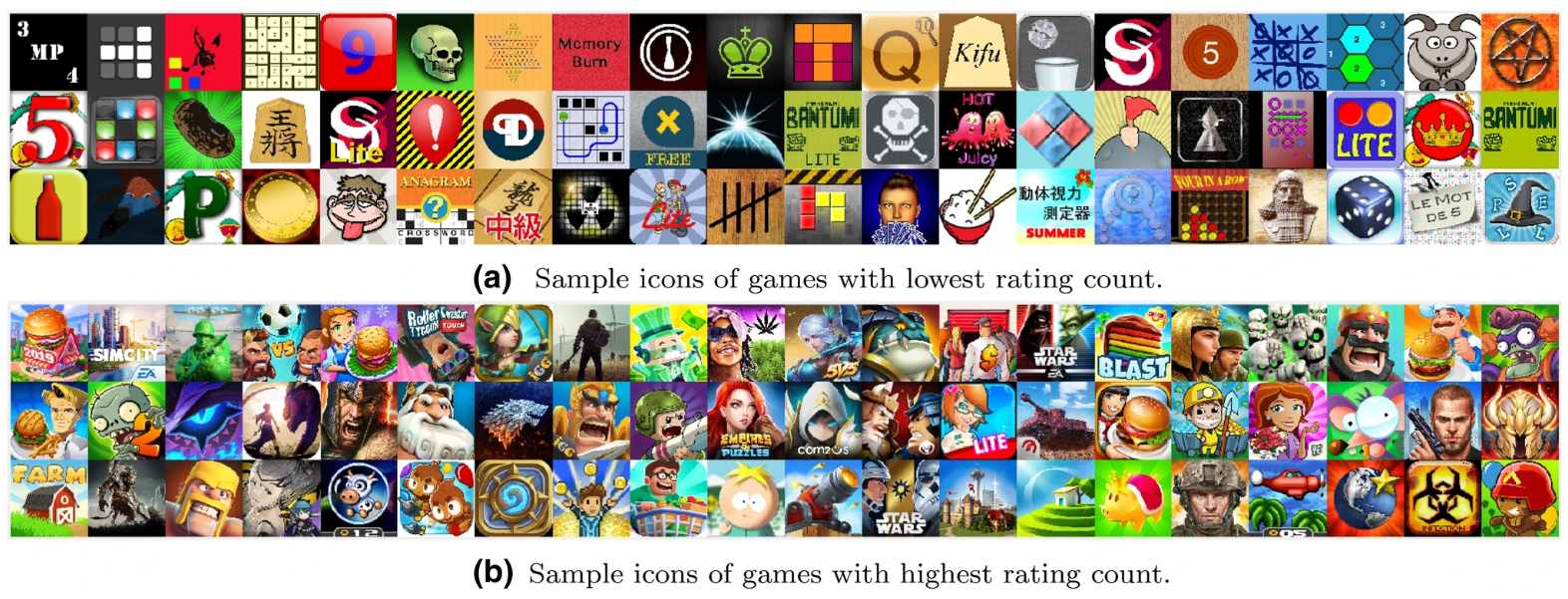
Mobile Games Success and Failure: Mining the Hidden Factors
[Neural Computing and Applications, 2022]
Building on our earlier work, we further analyzed over 17,000 mobile games to understand how attributes like in-app purchases, genre, supported languages, developer profile, release timing, and even game icon visuals influence success. We extended our multi-objective success score and used machine learning models to predict it, along with expected ratings and rating counts. This study provides clear actionable suggestions and recommendations for developers to better anticipate a game’s market performance.
Learn More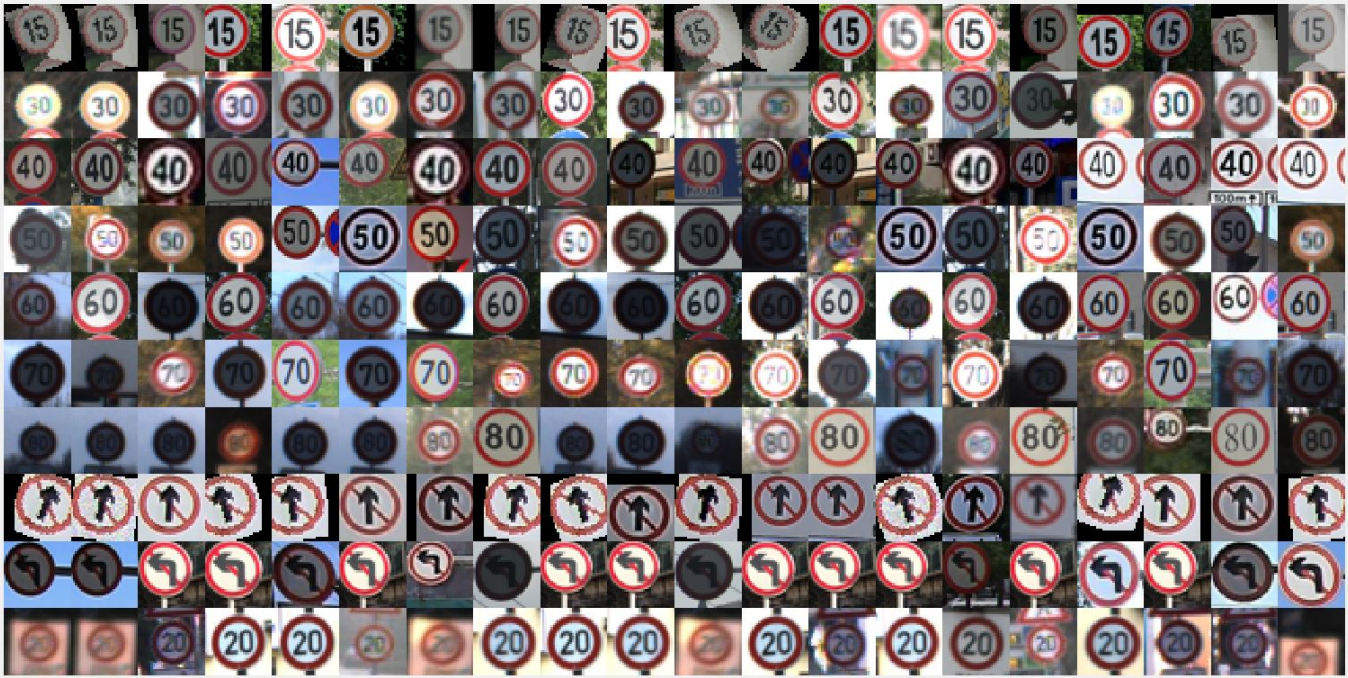
Recognition of Traffic Signs with Artificial Neural Networks: A Novel Dataset and Algorithm
[ICAIIC, 2021]
We developed a hybrid neural network for traffic sign classification, a key task in autonomous driving systems. By combining nine models trained on color, texture, and gradient features, our approach achieves near state-of-the-art accuracy on public benchmarks. We also introduced a new dataset, where the model reached 95% top-2 accuracy across 10 traffic sign classes.
Learn More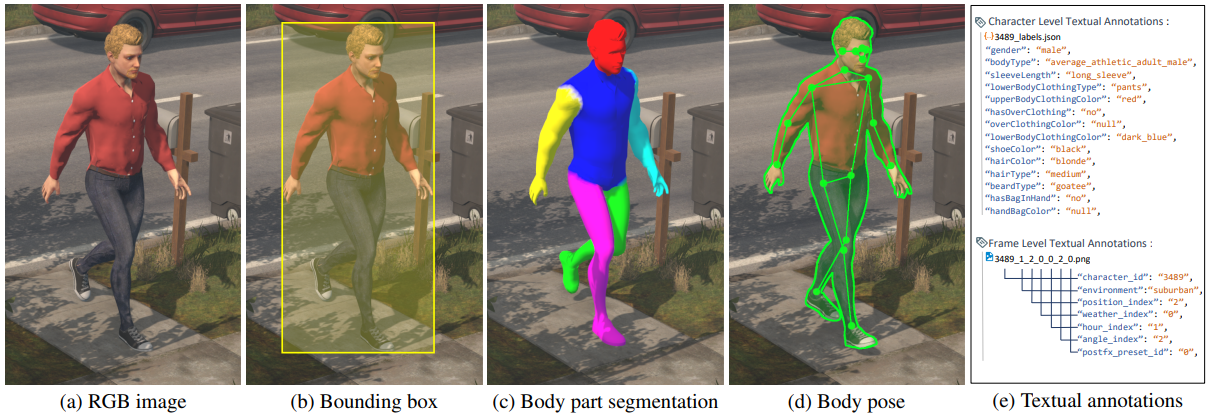
NOVA: Rendering virtual worlds with humans for computer vision tasks
[Computer Graphics Forum, 2021]
We introduce NOVA, a framework for generating realistic 3D synthetic worlds with procedurally created humans and pixel-level ground truth annotations. NOVA can simulate diverse environments, weather, and lighting conditions, producing datasets for person tracking that test and improve state-of-the-art deep learning trackers. Our generated synthetic data can serve as an effective proxy for real-world scenarios, enabling robust training and evaluation without manual annotation.
Learn More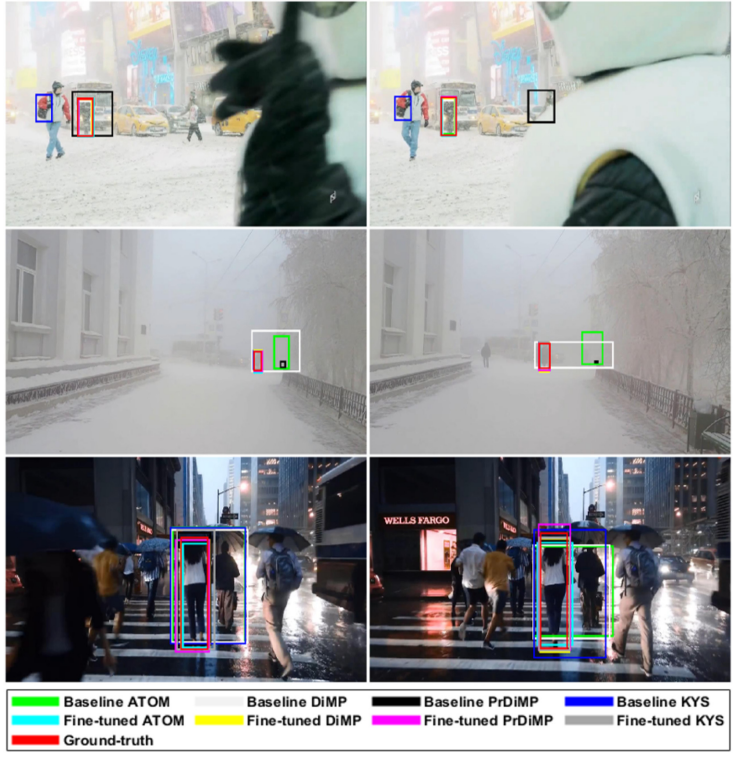
Using synthetic data for person tracking under adverse weather conditions
[Image and Vision Computing, 2021]
We introduced a novel real-world dataset for pedestrian tracking under adverse weather conditions and demonstrated that current state-of-the-art trackers perform poorly in such scenarios. To address this, we procedurally generated a synthetic dataset covering diverse adverse weather conditions, which significantly improves tracker performance on challenging videos.
Learn More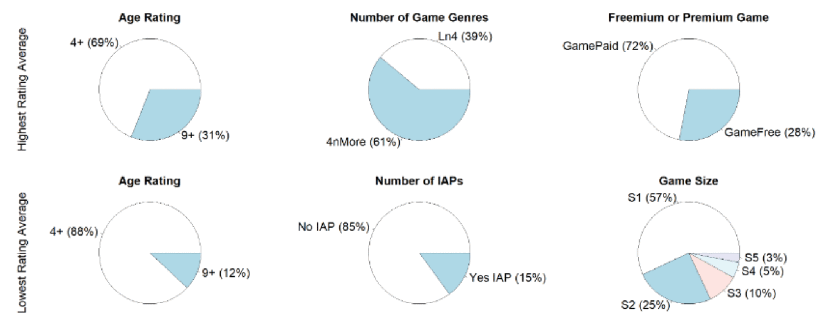
Mobile games success and failure: Mining the hidden factors
[ISCMI, 2020]
We analyzed over 17,000 mobile games to identify key attributes that influence their success, such as in-app purchases, genre, supported languages, and developer experience. We introduced a novel multi-objective success score and trained machine learning models—including SVM, Random Forest, and deep learning—to predict this score, as well as expected ratings and rating counts, achieving over 70% accuracy. Our approach provides actionable insights for developers to anticipate a game’s potential performance before release.
Learn More